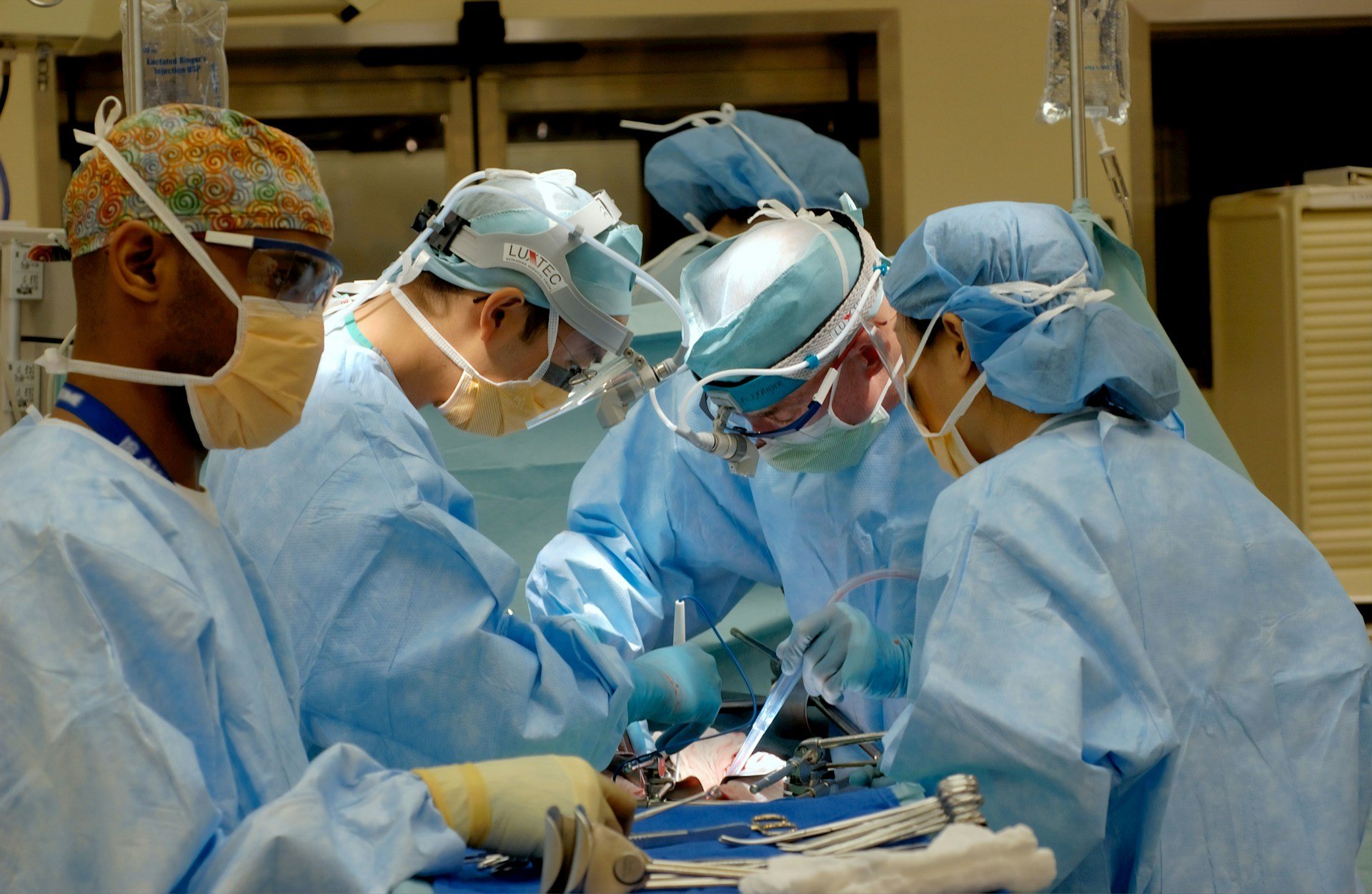
CARPAL TUNNEL SURGERY
Carpal Tunnel Syndrome Treatment in Galway | Hand Surgery
What is Carpal Tunnel Syndrome?
Carpal tunnel syndrome (CTS) is a condition brought on by increased pressure on the median nerve at the wrist. It is a pinched nerve at the wrist and causes symptoms such as numbness, tingling and pain in the arm, hand and fingers. There is a space in the wrist called the carpel tunnel where the median nerve and nine tendons pass from the forearm into the hand. CTS happens when pressure builds up from swelling in this tunnel and puts pressure on the nerve.
What causes it?
Tenosynovitis (swelling of the lining of the flexor tendons)
Joint dislocation, fractures, arthritis (can narrow the tunnel)
Keeping the wrist bent for long periods e.g. when typing
Fluid retention during pregnancy
Thyroid disease
Rheumatoid arthritis
Diabetes
Diagnosis
It is important to gather a detailed history including medical conditions, how the hands have been used and whether there were any prior injuries
An x-ray may be taken to rule out arthritis or a fracture
Laboratory tests may be done if there is a suspected medical condition that is associated with CTS
Electrodiagnostic studies may be done to confirm the diagnosis of carpal tunnel syndrome as well as to check for other possible nerve problems
Treatment
Symptoms may be relieved without surgery. Identifying and treating medical conditions, changing the patterns of hand use, or keeping the wrist splinted in a straight position may help reduce pressure on the nerve. Wearing wrist splints at night may relieve the symptoms that interfere with sleep. A steroid injection into the carpal tunnel may help relieve the symptoms by reducing swelling around the nerve.
When symptoms are severe or do not improve – surgery may be needed to make more room for the nerve. Pressure on the nerve is decreased by cutting the ligament that forms the roof of the tunnel on the palm side of the hand. Incisions for this surgery may vary, but the goal is the same: to enlarge the tunnel and decrease pressure on the nerve.
What to expect after surgery?
Following surgery, soreness around the incision may last for several weeks or months
The numbness and tingling may disappear quickly or slowly
It may take several months for strength in the hand and wrist to return to normal
CTS may not completely go away after surgery, especially in severe cases
Signs and symptoms
Pain/numbness/tingling in the thumb, index finger, middle finger and ring finger
Symptoms are usually felt at night but can also be noted when driving or working
Patients can sometimes notice a weaker grip, occasional clumsiness and a tendency to drop items
In severe cases, sensation may be permanently lost and the muscles at the base of the thumb slowly shrink


